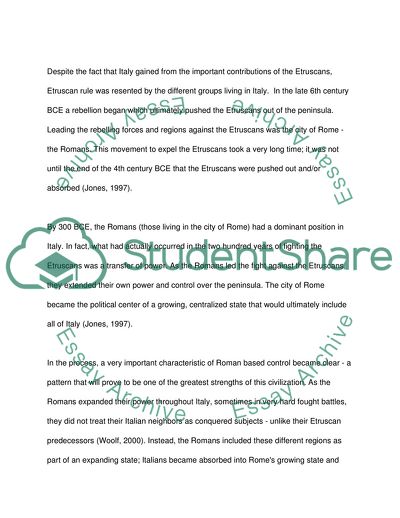Cite this document
(The History of the Roman Republic Coursework Example | Topics and Well Written Essays - 1500 words, n.d.)
The History of the Roman Republic Coursework Example | Topics and Well Written Essays - 1500 words. https://studentshare.org/history/1711115-roman-republic
The History of the Roman Republic Coursework Example | Topics and Well Written Essays - 1500 words. https://studentshare.org/history/1711115-roman-republic
(The History of the Roman Republic Coursework Example | Topics and Well Written Essays - 1500 Words)
The History of the Roman Republic Coursework Example | Topics and Well Written Essays - 1500 Words. https://studentshare.org/history/1711115-roman-republic.
The History of the Roman Republic Coursework Example | Topics and Well Written Essays - 1500 Words. https://studentshare.org/history/1711115-roman-republic.
“The History of the Roman Republic Coursework Example | Topics and Well Written Essays - 1500 Words”. https://studentshare.org/history/1711115-roman-republic.


